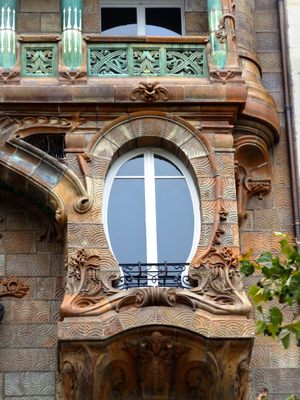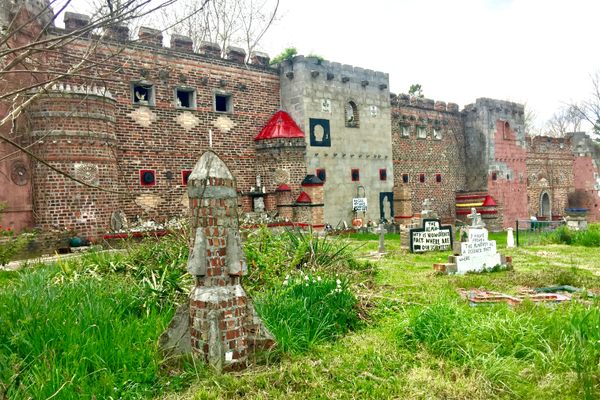About
Those who think that Hector Guimard was the only eccentric architect to produce Art Nouveau designs in the Paris will be left speechless by the building at 29 Avenue Rapp. Built in 1901 by Jules Lavirotte, this seven-story creation is probably the most extreme example of the ornamental delirium that is Nouveau that the French capital has hidden away. Lavirotte didn't do it alone, but collaborated with his friends, the ceramist Alexandre Bigot and other fellow sculptors, to create this flamboyant and voluptuous façade, making them winners of the annual architectural frontage competition of Paris that same year.
Due to its asymmetry, organic forms and color tones, and use of modern materials, the building was very much an object of gossip at the turn of the century, unsurprising when you’re confronted with it the first time. 29 Avenue Rapp presents an extraordinary amount of erotic wit, visually translated through stone in both abstract motifs and figurative symbols that were immediately understood by fin de sciecle minds, even in the most prudish of observers.
Instead of the colossal caryatids, Lavirotte chose figures that represent a quiet, personal view of Adam and Eve – through his eyes, Eve becomes an arrogant beauty proudly teasing the viewer with her curves, while her guileless lover has some difficulty hiding his virility. The bestiary of sin also appears, including peacocks, reptiles, bulls for masculinity and insects for its alter ego, while the bronze lizard which serves as the entrance handle refers to old slang describing male genitalia.
If the message wasn’t clear enough, Lavirotte designed the wooden door as a gigantic reversed phallus, adjusting the already extravagant look of the overall composition. Stuck between two very Puritan examples of Haussmanian architecture, Lavirotte’s 29 Avenue Rapp appears like a steam-punk aphrodisiac factory.
Related Tags
Know Before You Go
Ecole Militaire ( 8 )
Pont de l'Alma ( RER C )
Community Contributors
Added By
Published
June 14, 2012







































































